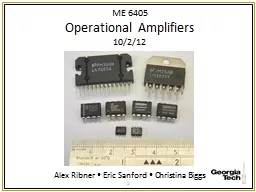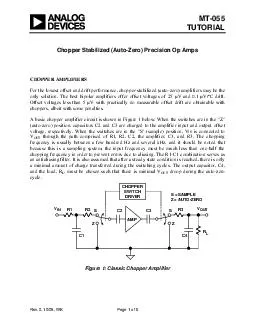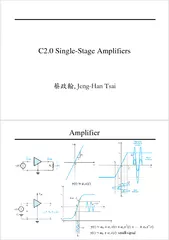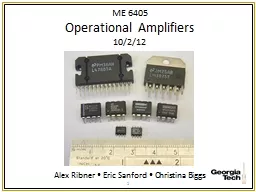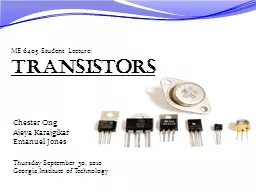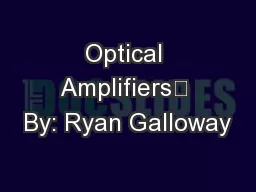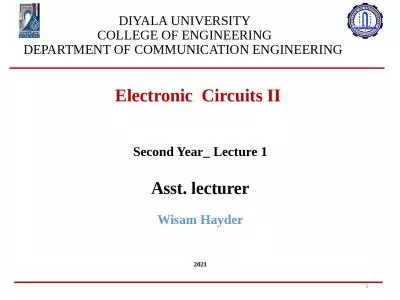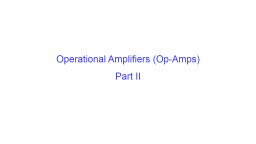PPT-ME 6405 Operational Amplifiers
Author : stefany-barnette | Published Date : 2018-11-04
10212 Alex Ribner Eric Sanford Christina Biggs 1 Outline by Alex Ribner What is an Op Amp Ideal versus Real Characteristics Types of Op Amps Applications
Presentation Embed Code
Download Presentation
Download Presentation The PPT/PDF document "ME 6405 Operational Amplifiers" is the property of its rightful owner. Permission is granted to download and print the materials on this website for personal, non-commercial use only, and to display it on your personal computer provided you do not modify the materials and that you retain all copyright notices contained in the materials. By downloading content from our website, you accept the terms of this agreement.
ME 6405 Operational Amplifiers: Transcript
Download Rules Of Document
"ME 6405 Operational Amplifiers"The content belongs to its owner. You may download and print it for personal use, without modification, and keep all copyright notices. By downloading, you agree to these terms.
Related Documents

